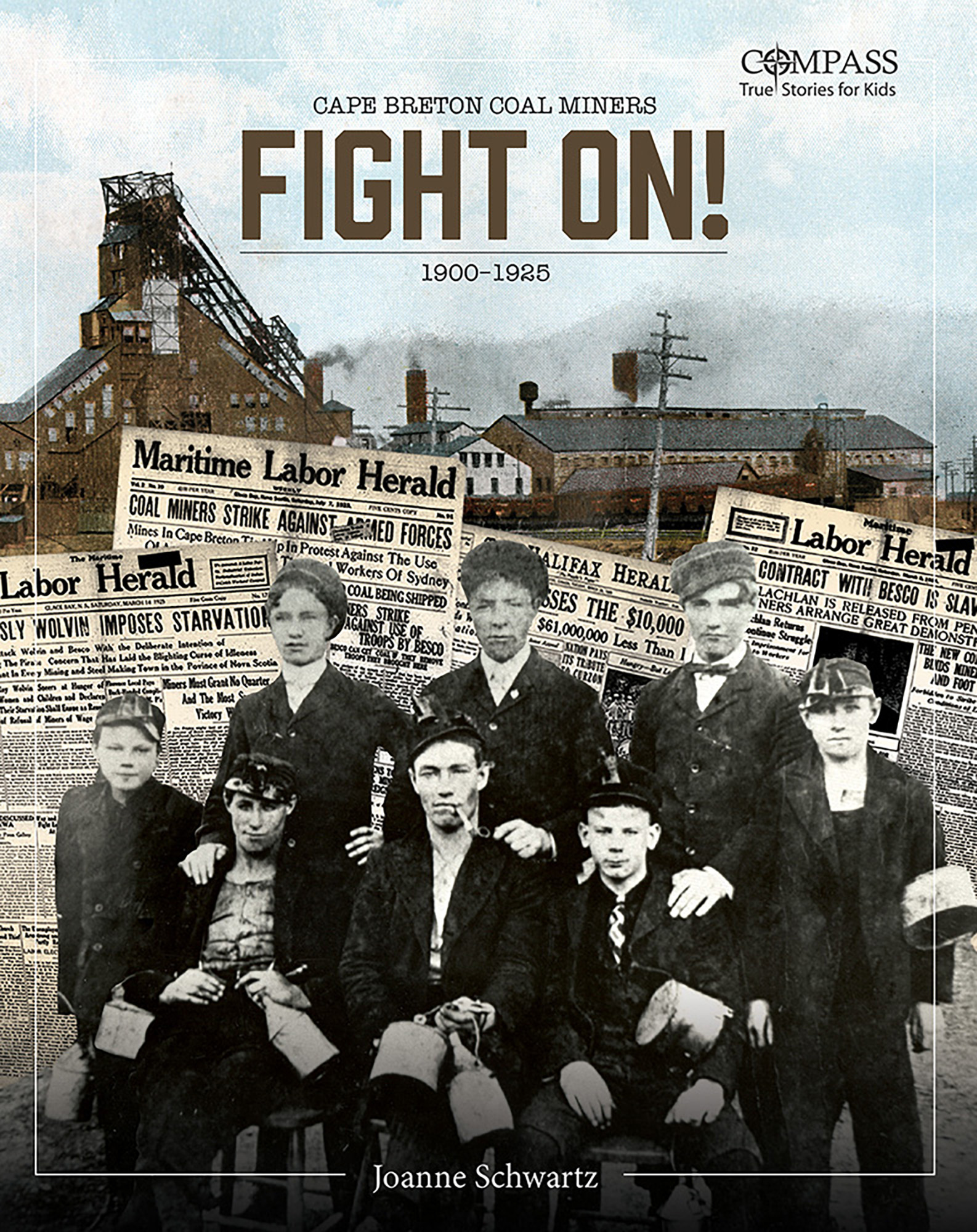
Copyright 2020, Joanne Schwartz
All rights reserved. No part of this book may be reproduced, stored in a retrieval system or transmitted in any form or by any means without the prior written permission from the publisher, or, in the case of photocopying or other reprographic copying, permission from Access Copyright, 1 Yonge Street, Suite 1900, Toronto, Ontario M5E 1E5.
Nimbus Publishing Limited
3660 Strawberry Hill, Halifax, NS, B3K 5A9
(902) 455-4286 nimbus.ca
Printed and bound in Canada
Library and Archives Canada Cataloguing in Publication
Quote on page 12 used with permission from the publisher. From Frank, David. Contested Terrain: Workers- Control in the Cape Breton Coal Mines in the 1920s in On the Job: Confronting Labour Process in Canada. Eds. Craig Heron & Robert Storey. Montreal: MQUP, 1986.
Quotes from John Mellors The Company Store and Rennie MacKenzies Blast! are used with kind permission from Ronald Caplan, publisher of Breton Books.
Editor: Penelope Jackson
Editor for the press: Emily MacKinnon
Cover and interior designer: Andrew Herygers
Library and Archives Canada Cataloguing in Publication
Title: Fight on! : Cape Breton coal miners, 1900-1925 / Joanne Schwartz.
Names: Schwartz, Joanne (Joanne F.), 1960- author.
Series: Compass (Nimbus Publishing)
Description: Series statement: Compass : true stories for kids | Includes
bibliographical references and index.
Identifiers: Canadiana (print) 20200172174 | Canadiana (ebook) 20200172301 | ISBN 9781771088565 (softcover) | ISBN 9781771088572 (HTML)
Subjects: LCSH: Strikes and lockoutsCoal miningNova ScotiaCape Breton IslandHistory20th centuryJuvenile literature. | LCSH: Coal minersNova ScotiaCape Breton IslandHistory20th centuryJuvenile literature. | LCSH: Coal mines and miningNova ScotiaCape Breton IslandHistory20th centuryJuvenile literature. | LCSH: Coal minersLabor unionsNova ScotiaCape Breton IslandHistory20th centuryJuvenile literature.
Classification: LCC HD5329.M615 S39 2020 | DDC j331.892/82233409716909042dc23
Nimbus Publishing acknowledges the financial support for its publishing activities from the Government of Canada, the Canada Council for the Arts, and from the Province of Nova Scotia. We are pleased to work in partnership with the Province of Nova Scotia to develop and promote our creative industries for the benefit of all Nova Scotians.
For Cape Breton miners and their families
and the incredible communities they created
I believe in telling children the truth about the history of the world, that it does not consist in the history of Kings and Lords and Cabinets, but consists in the history of the mass of the workers, a thing that is not taught in the schools.
I believe in telling children how to measure value, a thing that is not taught in any school.
J. B. McLachlan, 1925

A pickaxe and bucket of coal.
Introduction
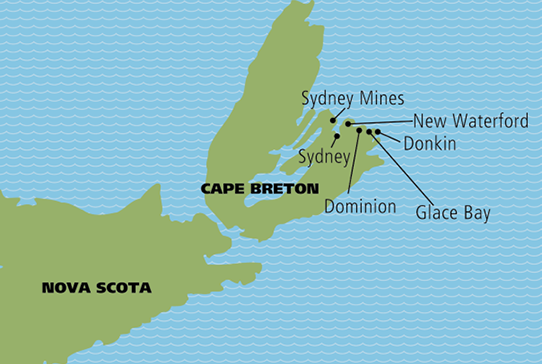
Cape Breton Island, the eastern part of the province of Nova Scotia.
Look at the map. Cape Breton sits at the northeastern corner of Nova Scotia, separated from the mainland by the Strait of Canso. Rugged coastlines carve out its shores as the land rises north to the Highlands, jutting into the Atlantic Ocean. This small island has a big history. This small island is full of stories.
The Mikmaq were in Cape Breton first, living sustainably on the land for thousands of years. By the 1500s Portuguese and Basque fishermen reached the islands shores, attracted by the abundance of codfish. By the 1600s the French and English began creating permanent settlements, occupying land and claiming it was theirs. The battle for power ended in the defeat of the French at Louisbourg in 1758, which led to British rule.

Cow Bay, 1873, now Port Morien, opened the first commercial coal mine in North America in 1720 and supplied coal to the Fortress of Louisbourg.
In the late 1770s, Highlanders, forced off their land in Scotland, began arriving in Nova Scotia looking for a new start. The first permanent Scottish settlement in Cape Breton was in Judique in 1775. Then, between 1815 and 1850, thousands more Scottish settlers made the difficult crossing and landed on the island. Despite the tremendous hardships they faced, the Scottish settlers put down roots and became fiercely attached to their newly adopted home. Their Celtic culture flourished in small rural communities scattered across Cape Breton. Fishing and small-crop farming provided a modest living. It was a way of life not so different from the Scottish Highlands, until coal mining changed the course of history. A story as rugged as the coastlines began to unfold.
Unamaki
The Mikmaq call Cape Breton Unamaki, which means land of fog. They had been living on the land for thousands of years before the Europeans arrived. From one generation to the next, the Mikmaq have passed down their cultural teachings and traditional practices. Today Unamaki remains the ancestral and unceded territory of the Mikmaw people.
Cape Breton has large deposits of coal, a resource that in the early 1900s was in huge demand. Formed over millions of years, thick layers of coal stretch for miles under the sea. The coal deposits are so abundant that inky black coal seams, called , can be seen running along the cliffs.

Coal, a fossil fuel in abundance in Cape Breton, has had a dramatic impact on the history of the region.
One of the earliest uses of coal was by the French at the Fortress of Louisbourg. The exposed working conditions. Labour struggles became an important part of the islands history.

Coal is formed from plants that grew over 300 million years ago in swampy forests. Ferns, reeds, and mosses grew, died, and then fell into the swamp. As more and more plants died, they formed layers of rotting vegetation. As the earths conditions changed, rocks, sand, and rivers compressed the layers of dead plants, squeezing out the water and burying the vegetation even deeper. Coal slowly forms in four stages. The first stage of coal is called peat. With more pressure, the peat turns into lignite coal, the second stage. The third stage, bituminous coal, is the result of even more pressure, with very few signs of vegetation left. The last stage is anthracite coal, a hard, shiny coal formed from pressure and heat. Bituminous coal is what was mined in Cape Breton. Coal is sometimes referred to as buried sunshine because of the energy from the sun trapped in the plants for millions of years.
As the twentieth century dawned, Cape Breton was a booming and industrializing coal-mining region. had appeared quickly as the nineteenth century came to a close. Towns sprouted overnight, like mushrooms after the rain. A way of life that had existed without capitalism was gone forever.
Next page

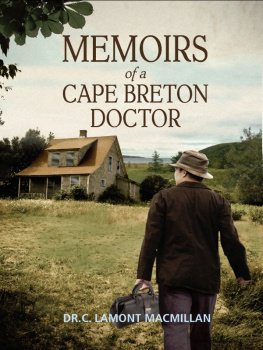
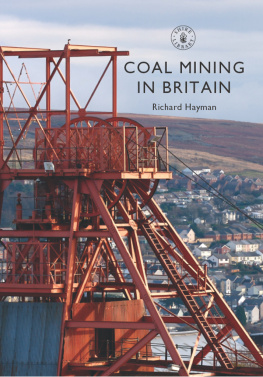


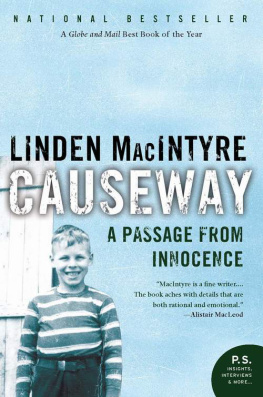



 A pickaxe and bucket of coal.
A pickaxe and bucket of coal.  Cape Breton Island, the eastern part of the province of Nova Scotia.
Cape Breton Island, the eastern part of the province of Nova Scotia.  Cow Bay, 1873, now Port Morien, opened the first commercial coal mine in North America in 1720 and supplied coal to the Fortress of Louisbourg.
Cow Bay, 1873, now Port Morien, opened the first commercial coal mine in North America in 1720 and supplied coal to the Fortress of Louisbourg.  Coal, a fossil fuel in abundance in Cape Breton, has had a dramatic impact on the history of the region.
Coal, a fossil fuel in abundance in Cape Breton, has had a dramatic impact on the history of the region. 